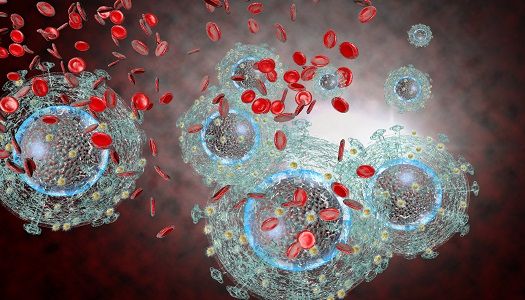Article
The People Most at Risk for HIV Don't Know About PrEP
Author(s):
Although men who have sex with men make up more than half of those infected with HIV in the United States, according to the Centers for Disease Control and Prevention (CDC), many are not aware of the benefits of PrEP.

If used properly, pre-exposure prophylaxis (PrEP) can stop transmission of the human immunodeficiency virus (HIV) with 90% effectiveness. Although men who have sex with men make up more than half of those infected with HIV in the United States, according to the Centers for Disease Control and Prevention (CDC), many are not aware of the benefits of PrEP.
“Doctors have limited time with their patients, but with gay and bisexual male patients, physicians definitely need to make it a point to discuss HIV risks and whether PrEP is a good option,” Julia R. G. Raifman, ScD, a post-doctoral fellow in the Johns Hopkins Bloomberg School of Public Health’s Department of Epidemiology, said in a news release.
PrEP is to be taken once per day as one pill, made up of two of the three drugs given to someone when they are diagnosed with HIV. In 2011, 18% of gay and bisexual men in the country had HIV. Incidence in Baltimore, Maryland is estimated to be even higher at 31%. PrEP was approved by the US Food and Drug Administration (FDA) in 2012, but even still, only 5% of people identified as high-risk are taking the preventive drug.
The Johns Hopkins team conducted study using 401 HIV-negative people from the 2014 Baltimore MSM National HIV Behavioral Surveillance data. Of those, 168 participants (42%) knew about PrEP. However, even though 82% participants had seen a doctor and 46% had been tested for another sexually transmitted disease (STD), that had no impact on whether participants were aware of PrEP or not. But having been tested for HIV in the previous year increased the likelihood of awareness.
CDC data suggests that one out of two gay or bisexual African American men will become infected with HIV in their lifetime, yet in this study, African Americans were twice as likely to be unaware of PrEP compared to Caucasians.
When the study participants were clued in on PrEP for HIV prevention, 60% said that they would be willing to take it, as described in the American Journal of Preventive Medicine.
These findings indicate something much more than just high-risk people don’t know about the benefits — healthcare providers may not know them either. In fact, the CDC said that up to one-third of doctors may be unaware of PrEP.
In earlier years, high doses of zidovudine (AZT) was used to treat HIV. “A lot of providers who remember the early days of the AIDS crisis, when high doses of AZT caused horrible side effects, may be intimidated by PrEP,” Raifman explained. But mild nausea and fatigue are the most common side effects of PrEP and typically subside after a month.
Education is key to inform healthcare providers about PrEP and how talk to them about it. “PrEP could be a game-changer for HIV in the United States where there are more than 44,000 new cases of HIV every year — but only if people know about it,” Raifman said.
Related Coverage:
Late HIV Testing Drives Transmission Rates





